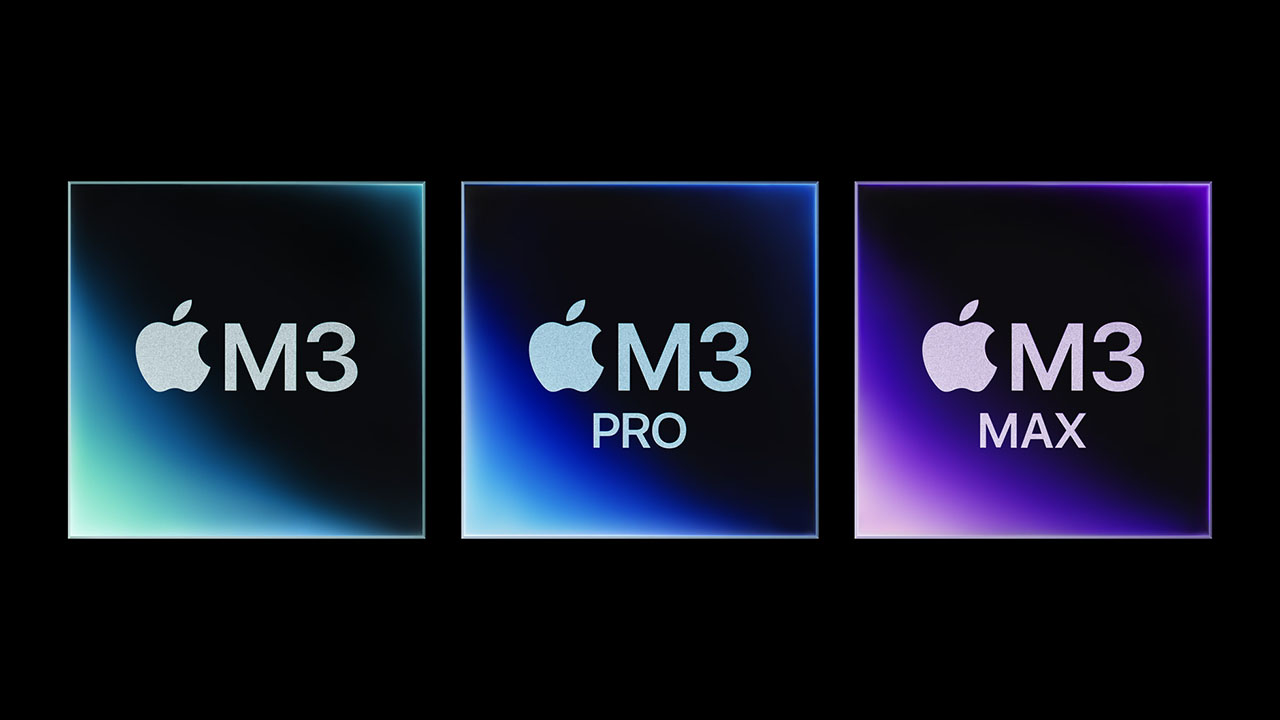
After some anticipation and wait, we finally have the new M series chips from Apple. The Cupertino tech giant has unveiled the latest M series cips: the M3, M3 Pro, and M3 Max.
These groundbreaking chips are the first to utilize the cutting-edge 3-nanometer process technology, packing more transistors into a smaller space to enhance speed and efficiency. The debut of these chips signifies a remarkable leap in Apple’s silicon journey, building upon the foundation laid by the M1 family of chips.
Next-Generation GPU for Unprecedented Performance
Apple has always been quite heavy on the GPU compartment, and with the M3 chip series, they are taking it further. Apple says that it is one of the “most significant advancements” in Apple’s graphics architecture.
Apple always tries to balance performance and efficiency, and for this series, they have introduced Dynamic Caching.
This technology basically optimizes the use of local memory in real time. So, the GPU utilization of the chip is always on point, and it helps with GPU-heavy apps.
This is also the first time that users will get hardware-accelerated ray tracing and mesh shading on Mac because of the new GPU architecture.
Enhanced CPU Performance
Even in the CPU department, the M3 family makes some giant leaps, all while delivering more power and efficiency.

Since Apple is always a fan of numbers, the numbers for these chops are 30% faster performance cores than those in the M1. Even the efficiency cores are also up to 50% faster. So users can expect incredible battery life.
Unified Memory and Support for Up to 128GB RAM
The M series chips have Unified Memory, and while some users might have a problem with it, Apple users seem to be enjoying it. Well, now the M3 series chips can support up to 128GB of Unified Memory which is more than better for most power users.
AI and Video Processing
Apple was one of the first ones to add a dedicated Neural Engine capable of handling AI and ML-specific tasks and they have enhanced the capabilities of their Neural Engine with the new chips.
The chips also feature an advanced media engine, providing hardware acceleration for popular video codecs, including H.264, HEVC, ProRes, and ProRes RAW. Notably, the media engine now supports AV1 decoding, promoting power-efficient playback for streaming services, ultimately extending battery life.
Introducing the M3 Series
Now, let’s take a look at the new chips in the M3 series:
- M3: First up, we have the baseline M3 chip. This chip features 25 billion transistors, a 10-core GPU, and an 8-core CPU. Users can get up to 24GB of unified memory with this chip.
- M3 Pro: Then we have the M3 Pro chip. Boasting 37 billion transistors, an 18-core GPU, and a 12-core CPU, the M3 Pro is designed for more graphics-intensive tasks. With this chip, users can get up to 36GB of unified memory.
- M3 Max: Finally, we have the boss, the M3 Max and this is just 2 M3 Pro chips soldered together. Now, this one comes with an insane 92 billion transistors, a 40-core GPU, and a 16-core CPU. The GPU is up to 50 percent faster than the M1 Max, and it supports up to 128GB of unified memory.
Eco-Friendly Performance
Apple is also very heavy on sustainability and Environment friendliness and they have included it in the M3 series of chips as well.
Closing Thoughts
The battery life of the new Macs ever since Apple introduced the M series chips has been incredible. The new chips are no exception. Apple says that the new chips will significantly improve the battery performance of the new MacBook Pro.
